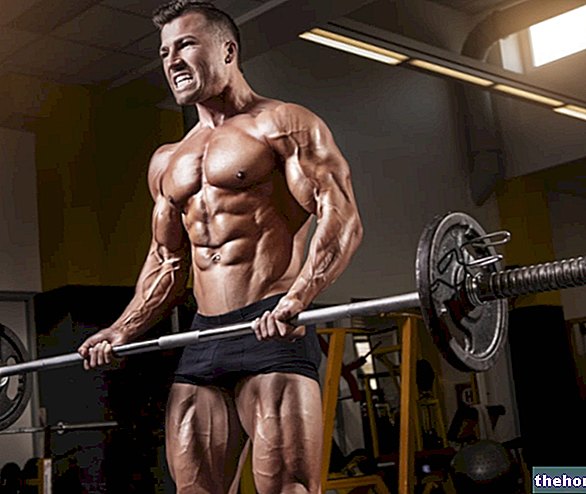
The goal of this article is to clarify the correlation, indeed, the complementarity of aerobic and anaerobic activity. It is therefore not certain that medium-intensity and prolonged training should be used exclusively to reduce the percentage of fat or that it should be totally avoided during the muscle growth phase. Let's see better how aerobic activity can offer benefits to bodybuilding. different from the customary ones.
and isometric, anaerobic alactacid and anaerobic lactacid, concentrated on the expression of strength at 70/80% of the maximum
It is however necessary to specify that any point of view not supported by appropriate scientific research must be "taken with a grain of salt". Let me be clear, the goal of this article is not to create unfounded expectations, or to emphasize a system that, in reality, is far from representing a "miraculous remedy." This does not mean that it cannot be useful, however. Cardiovascular training also has numerous health benefits and can counteract some of the downsides of bodybuilding or any other weight training.
Examples of undesirable effects of bodybuilder training are: the formation of varicose veins, the tendency to hernias of various types, etc., all due to the tendency to work in the Valsalva maneuver. This considerably increases the intra-abdominal and blood pressure. Also, if this is true. that anaerobic training increases the thickness of the heart wall as an adaptation response, it is not equally true that by increasing the wall to the maximum, and minimizing the chamber, the anaerobic efficiency is increased. The heart must necessarily increase its own frequency in order to pump more blood, subjecting himself to considerable stress in the long run. Aerobic training improves breathing - it also teaches to breathe during exercise - optimizes circulation and creates improvements in the pumping capacity of the heart; therefore it counteracts in a decisive way the negative effects of which we have spoken.
Let's start from a simple concept: like any other muscle, even the heart, subjected to training, changes by adapting to the stimulus. Among the physiological variations induced by aerobic endurance training, basic cardiovascular and respiratory, are the following:




























